LibraryAstronomy & Space Science
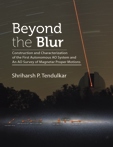
Adaptive optics (AO) corrects distortions created by atmospheric turbulence and delivers diffraction-limited images on ground-based telescopes. The vastly improved spatial resolution and sensitivity has been utilized for studying everything from the magnetic fields of sunspots upto the internal dynamics of ...
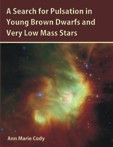
In 2005, Palla & Baraffe proposed that brown dwarfs and very low mass stars (less than 0.1 solar masses) may be unstable to radial oscillations during the pre-main-sequence deuterium burning phase. With associated oscillation periods of 1-4 hours, this potentially new class of pulsation offers unprecedented ...
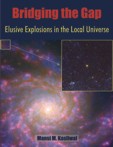
For centuries, we have known that our dynamic universe is adorned by cosmic fireworks: energetic and ephemeral beacons of light from a single star that are a million (nova) to a billion (supernova) times brighter than our sun. However, it had been an age-old conundrum that the brightest nova is approximately 1000 ...
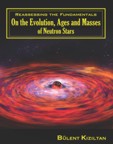
The evolution, ages and masses of neutron stars are the fundamental threads that make pulsars accessible to other sub-disciplines of astronomy and physics. A realistic and accurate determination of these indirectly probed features play an important role in understanding a very broad range of astrophysical processes ...
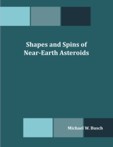
Asteroids are diverse and numerous solar system objects, from the large number of objects in the main asteroid belt to the relatively small near-Earth population. Understanding their physical properties is essential to understanding the evolution of the solar system, and asteroid morphology is a complex field in its ...
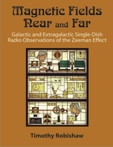
According to astrophysical theory, magnetic fields should play an important role in the structure and dynamics of the interstellar medium. While astronomical observations confirm this directly, the observational record is sparse. This is because magnetic fields can only be measured via polarimetric methods, and ...

We present the results of a large-area survey for millisecond pulsars (MSPs) at moderately high galactic latitudes with the 64 m Parkes radio telescope, along with follow-up timing and optical studies of the newly-discovered pulsars and several others. Major results include the first precise measurement of the mass of ...
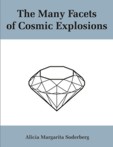
Over the past few years, long-duration gamma-ray bursts (GRBs), including the subclass of X-ray flashes (XRFs), have been revealed to be a rare variety of Type Ibc supernova (SN Ibc). While all these events result from the death of massive stars, the electromagnetic luminosities of GRBs and XRFs exceed those of ...
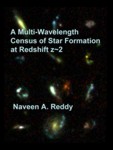
We examine the census of star-forming galaxies and their extinction properties at redshift z~2, when a large fraction of the stellar mass in the universe formed. We find a good agreement between the X-ray, radio, and de-reddened UV estimates of the average star formation rate (SFR) for our sample of z~2 galaxies ...
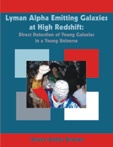
As late as 1995, the anticipated widespread population of primeval galaxies remained at large, lurking undetected at unknown redshifts, with undiscovered properties. We present results from our efforts to detect and characterize primeval galaxies by their signature high-redshift Lyman-alpha emission lines utilizing ...
